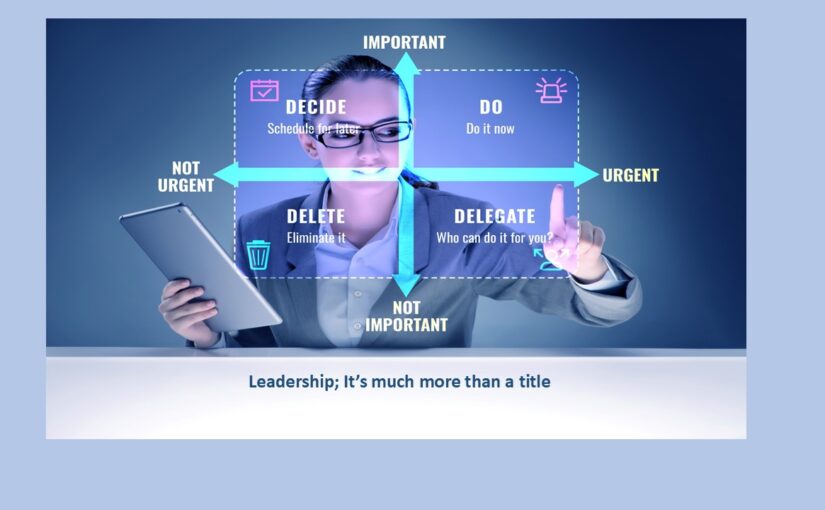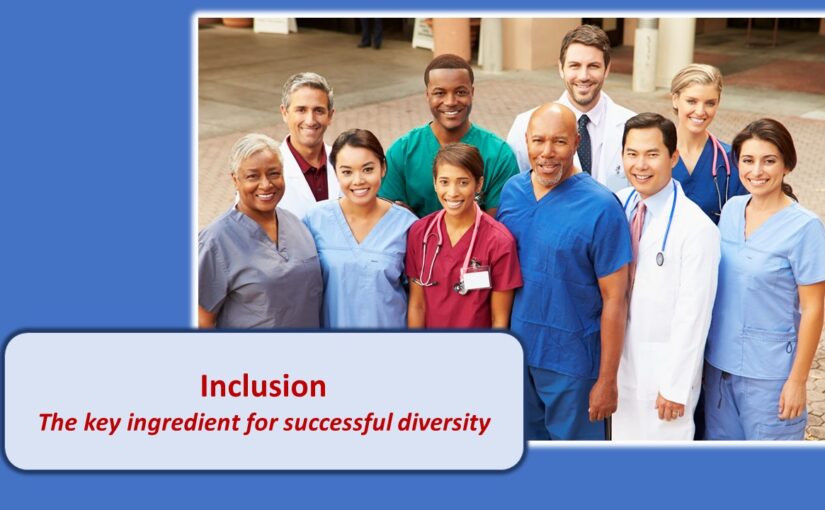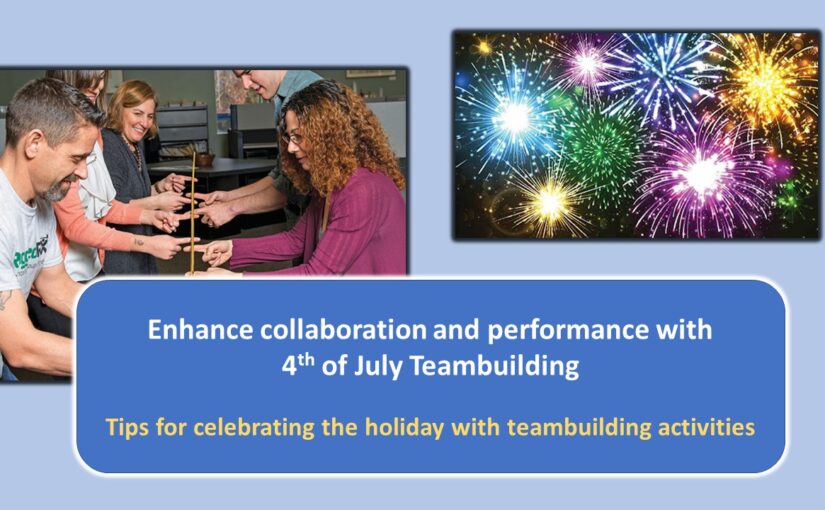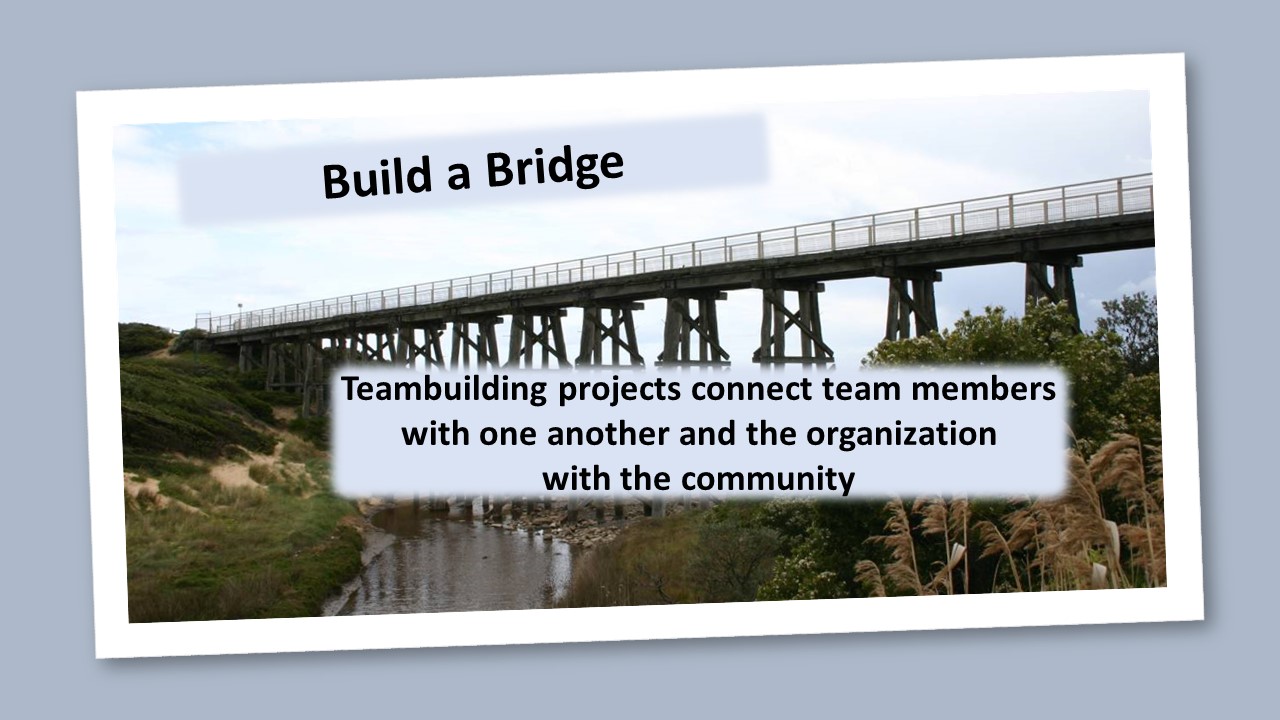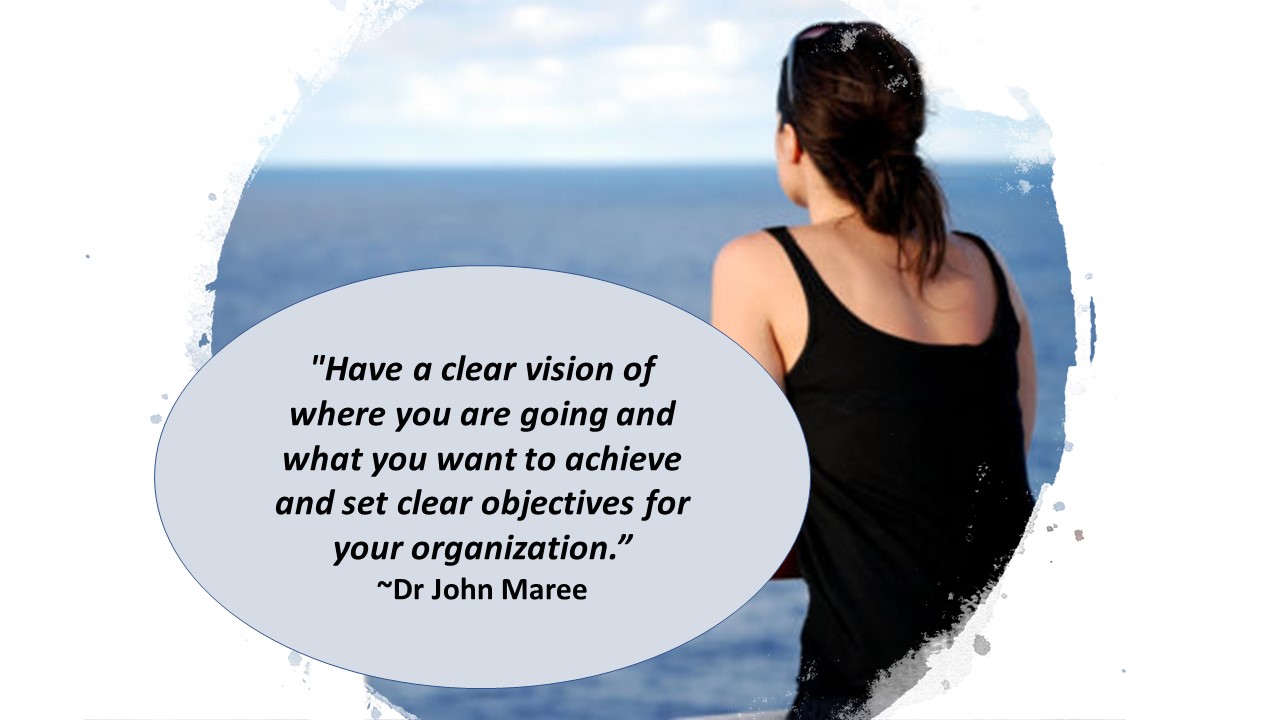By Thomas Davis, DNAP, MAE, CRNA
Leaders: we love them, we hate them and then we become them
In the workplace and in our personal life, the concept of leader and leadership are often intertwined and misunderstood. Let’s start this article by explaining the difference between the role of a leader and the behaviors that are associated with effective leadership.
Leader
A leader is a designated individual who has been given the responsibility to organize, guide, and manage a group of individuals. Commonly, the leader is a person who has been handed a title and job description that outlines the expectations of the role. Some of the common descriptions of a leader include:
- Being the selected person in charge of a team or group.
- Maintaining the status quo while achieving objectives outlined by the organization.
- Delegating tasks, supervising work, and ensuring that resources are available.
- Rigidly enforcing policies and procedures outlined by the organization.
- Motivating team members to achieve production goals
Leadership
In contrast to being a person who carries the title of the leader, leadership is a concept or process that involves influencing and motivating a team/organization to achieve goals. Leadership goes beyond day-to-day management and involves having a vision and the tenacity to move the organization forward while developing the individual talents of each team member. Ideally, the person designated as the leader goes further than managing a team and exhibits leadership behavior. Robert Smith Leadership identifies specific behaviors that are tied to effective leadership.
- Coach and mentor. Be a content expert and freely share your knowledge with team members.
- Facilitator. Ensure that the team has the required resources to accomplish the task.
- Communicator. Use emotional intelligence to deliver the message clearly and hone listening skills while being receptive to honest feedback.
- Conflict resolver. Listen attentively and use emotional intelligence to reframe the facts so that each side sees the conflict differently.
- Innovator. Constantly seek ways to improve the workflow.
- Decision-maker. Ensure that your authority is sufficient to enable you to be decisive with your responsibilities. Align decisions with the mission, vision, and values of the organization.
- Motivator. Clearly define the goal, motivate the team and show resilience when setbacks occur.
- Delegator. Enhance professional development by delegating duties where appropriate.
- Performance manager. Use data-driven evidence to establish benchmarks and timelines which keep the team on track to achieve the goal.
Moving from leader to leadership
Designated leaders are often given their position as a reward for past performance and loyalty to the organization. Often, the “go to” worker is bestowed the title as the boss with the expectation that they continue to effectively guide the workgroup and develop leadership traits. Writing for Forbes, author Mark Murphy notes that it is difficult to transition from having a title to demonstrating leadership behavior because it requires transitioning from task-oriented work to empowering and motivating others. He identifies the following as challenges that must be overcome when assuming a leadership role.
- Trust others. Designated leaders feel personally responsible for the outcome and tend to micro-manage to ensure the desired results. Leadership is about surrounding yourself with competent people, trusting their capability, and relinquishing control.
- Develop your leadership skills. Communication, emotional intelligence and conflict resolution are all essential leadership skills and must be learned.
- Delegate duties and authority. Those in leadership set goals, provide resources, and motivate competent people to get the job done. Leadership must ensure that workers have the authority to complete assigned tasks. Micromanagement kills creativity must be avoided.
- Professional development of others. An essential component of long-term success for the organization is the continued professional development of every member of the group. Effective leadership ensures that every employee can hone existing skills while expanding their role in the organization. In so doing, both productivity and retention are increased.
Being a designated leader with a title is all about you and how well tasks are completed. Exhibiting leadership behavior is about the team and the success of the organization. The most effective people in leadership positions have a vision, hire the right people, provide resources, ensure professional development, and trust team members to use their creativity to achieve the goal. The challenge for those designated as the leader is to increase your value to the team and the organization by developing the leadership behaviors described above.
Tom is an experienced leader, educator, author, and requested speaker. Click here for a video introduction to Tom’s talk topics.
